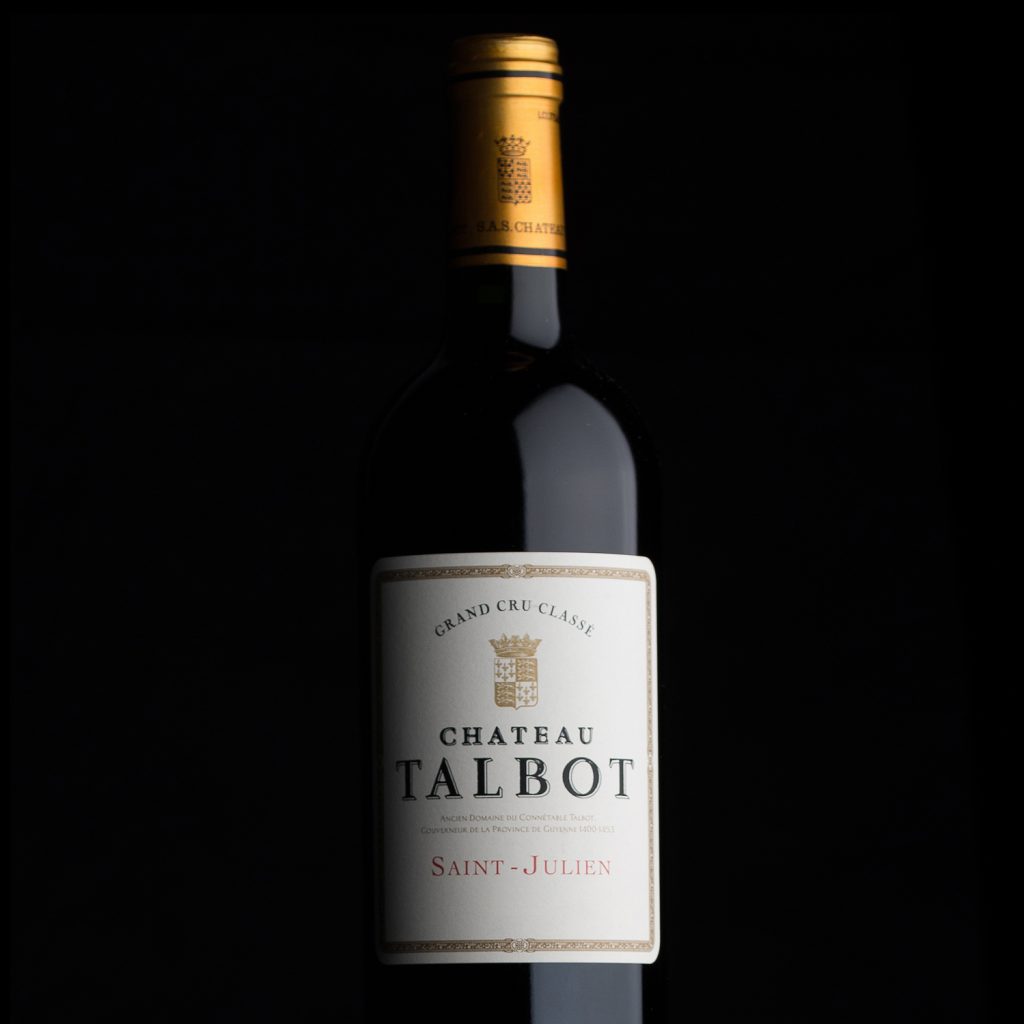Bordeaux 2020: St Julien
Author: Mark Pardoe MW

In this series, Mark Pardoe MW provides insight into how Bordeaux’s key communes fared in 2020. Here, our Wine Director looks at St Julien, based on a conversation with Jean-Michel Laporte of Ch. Talbot.
At a glance: St Julien in 2020
- Hectares under vine: 910
- Average yield: 34hl/ha in 2020 (46hl/h in ’19); down 26%
- Significant châteaux: Ducru-Beaucaillou, Gruaud Larose, Léoville Barton, Léoville Las Cases, Leoville Poyferré; Lagrange, Langoa Barton; Beychevelle, Branaire-Ducru, Saint-Pierre, Talbot; Gloria, Lalande-Borie
St Julien 2020: Ch. Talbot
To better understand St Julien in 2020, I spoke with Jean-Michel Laporte of Ch. Talbot. The start of the year was difficult here due to the very wet conditions, causing the new leaves to yellow. Although the weather around the flowering of the Cabernet Sauvignon seemed ideal, the vines responded with very vigorous growth to compensate; this came at the expense of the flowering. Hopes had been high for a very successful flowering, though Jean-Michel considers that this year’s lower yields can be assigned in part to this period. After the flowering, the size of the crop was estimated at 38hl/ha. The final result was just under 36hl/ha, meaning that the drought and hot September had little effect on the final yield.
There were very high temperatures at the end of June, end of July and the beginning of September. However, each event lasted only a day or two; there were fewer occasions of intense, prolonged heat than in ’18. Given the trends within global warming, Talbot tries not to de-leaf too much. Any de-leafing is on the northern and eastern aspects, but the grape bunches are left in shade to the south and west.
Storms and rainfall
July was exceptionally dry. But Talbot’s clay under the gravels prevented any serious effects from drought stress. The two major storms on 21st and 23rd August removed any such danger. St Julien received more than 80 millimetres of rain during August, second only to Pauillac in volume.
The end of the season was perfect: the September rains allowed a leisurely conclusion to the Cabernet Sauvignon harvest, without even the need to harvest on weekends. Given the low yields, Talbot looked to increase its proportion of grand vin from the crop. Jean-Michel decided to delay harvest of certain plots to push for maximum ripeness. In fact, despite being two weeks ahead of the usual cycle with flowering, the harvest started only one week ahead. Waiting created a longer hang-time for the Cabernet grapes, and the opportunity for maximum phenolic maturity.
The corollary to this level of maturity is a higher pH than normal, although the level of total acidity is correct. Under these conditions, attack from Brettanomyces (a naturally occurring yeast in the vineyard) is more likely; St Julien is especially prone, says Jean-Michel. As long as a close eye is kept on the wine during its evolution, there is no problem here – but his team will be especially alert this year.
The best terroirs
By way of evidence of Talbot’s terroir and its ability to manage these vintage conditions, Jean-Michel draws a comparison with Ch. Sénéjac, which he also manages. Sénéjac lies in the south of the Medoc, close to the city of Bordeaux. On sandier soils and without the clay of Talbot, the drought there created very concentrated grapes, producing wines with 13.8% alcohol, compared to Talbot’s 13.3%. In Jean-Michel’s opinion, ’20 will be a great year for the great terroirs, but the less-favoured will be more difficult in terms of balance.
Jean-Michel considers ’20 to be a classic Cabernet Sauvignon vintage, on a par with ’19. The renowned oenologist Eric Boissenot actually considers ’20 to be superior on occasion. Indeed, there is a record level of 76% Cabernet Sauvignon in this year’s blend, with tannins that are very concentrated without being overly powerful.
For more Bordeaux 2020 En Primeur coverage, you can visit bbr.com or browse our range of Bordeaux 2020 virtual events.


